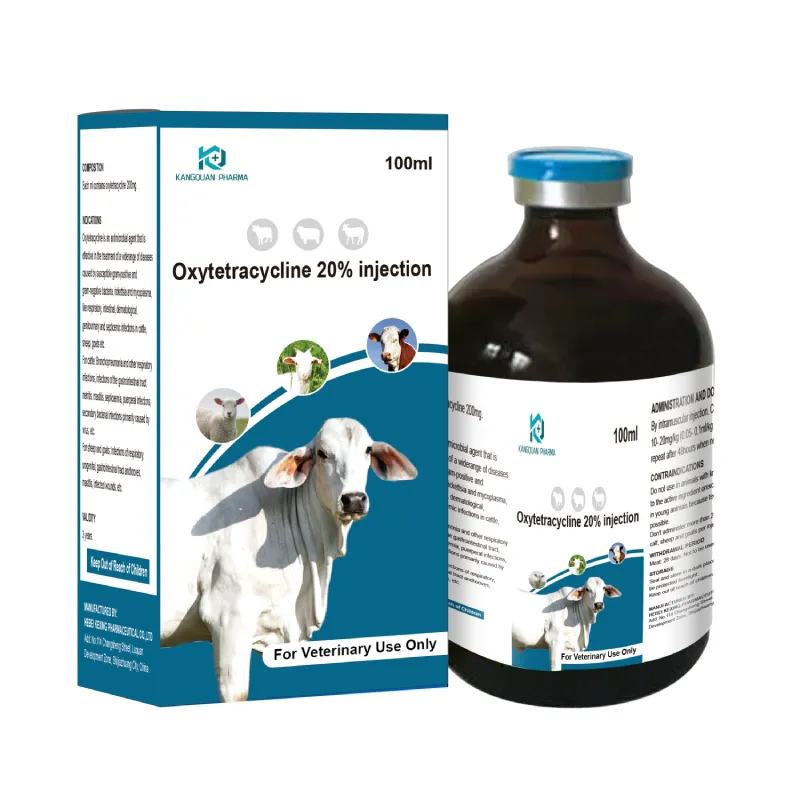- Afrikaans
- Albanian
- Amharic
- Arabic
- Armenian
- Azerbaijani
- Basque
- Belarusian
- Bengali
- Bosnian
- Bulgarian
- Catalan
- Cebuano
- Corsican
- Croatian
- Czech
- Danish
- Dutch
- English
- Esperanto
- Estonian
- Finnish
- French
- Frisian
- Galician
- Georgian
- German
- Greek
- Gujarati
- Haitian Creole
- hausa
- hawaiian
- Hebrew
- Hindi
- Miao
- Hungarian
- Icelandic
- igbo
- Indonesian
- irish
- Italian
- Japanese
- Javanese
- Kannada
- kazakh
- Khmer
- Rwandese
- Korean
- Kurdish
- Kyrgyz
- Lao
- Latin
- Latvian
- Lithuanian
- Luxembourgish
- Macedonian
- Malgashi
- Malay
- Malayalam
- Maltese
- Maori
- Marathi
- Mongolian
- Myanmar
- Nepali
- Norwegian
- Norwegian
- Occitan
- Pashto
- Persian
- Polish
- Portuguese
- Punjabi
- Romanian
- Russian
- Samoan
- Scottish Gaelic
- Serbian
- Sesotho
- Shona
- Sindhi
- Sinhala
- Slovak
- Slovenian
- Somali
- Spanish
- Sundanese
- Swahili
- Swedish
- Tagalog
- Tajik
- Tamil
- Tatar
- Telugu
- Thai
- Turkish
- Turkmen
- Ukrainian
- Urdu
- Uighur
- Uzbek
- Vietnamese
- Welsh
- Bantu
- Yiddish
- Yoruba
- Zulu
7 月 . 25, 2024 11:24 Back to list
Exploring the Use and Safety of Enrofloxacin in Cattle Farming and Animal Health Management
The Use of Enrofloxacin in Cattle Benefits and Considerations
Enrofloxacin is a broad-spectrum fluoroquinolone antibiotic that has gained significant attention in veterinary medicine, particularly for its application in treating bacterial infections in cattle. Its effectiveness against a wide range of gram-positive and gram-negative bacteria makes it a valuable tool in the management of livestock health. In this article, we will explore the benefits of enrofloxacin in cattle, its application, potential risks, and the considerations that both veterinarians and farmers must keep in mind.
Benefits of Enrofloxacin
The primary benefit of enrofloxacin lies in its potent antibacterial properties. It is particularly useful in treating respiratory infections in cattle, which can be prevalent in livestock settings due to stress from transportation, overcrowded conditions, and environmental factors. Enrofloxacin works by inhibiting bacterial DNA gyrase, an enzyme crucial for bacterial replication, thereby effectively reducing the bacterial load and allowing the animal’s immune system to recover.
Another advantage of enrofloxacin is its relatively rapid action. When administered, it reaches therapeutic concentrations in plasma and tissues quickly, making it suitable for urgent situations where immediate intervention is necessary. This fast-acting nature is critical in scenarios where delays in treatment could lead to severe health consequences or even death.
Moreover, enrofloxacin's extended half-life allows for flexible dosing schedules. This characteristic makes it convenient for farmers, as it reduces the frequency of administration required compared to some other antibiotics.
Application in Veterinary Medicine
In veterinary medicine, enrofloxacin is typically administered via injection, either subcutaneously or intramuscularly. It is essential to follow specific dosing guidelines to ensure efficacy while minimizing the risk of resistance development. Enrofloxacin is often used to treat conditions such as pneumonia, metritis, and other systemic infections in cattle.
enrofloxacin cattle

Veterinarians often prefer enrofloxacin when other therapies have failed or when they anticipate the need for a more aggressive approach to treat severe infections. However, its use should be guided by culture and sensitivity testing whenever possible to ensure that the chosen antibiotic effectively targets the specific pathogen involved in the infection.
Risks and Considerations
Despite its benefits, the use of enrofloxacin in cattle raises certain concerns, particularly regarding the development of antibiotic resistance. Overuse and misuse of antibiotics in livestock can lead to resistant bacterial strains, posing a significant public health threat. As resistance grows, the effectiveness of these critical drugs for both animal and human health diminishes.
Furthermore, enrofloxacin is classified as a critically important antibiotic for human medicine by the World Health Organization (WHO), which underscores the need for cautious use in veterinary settings. Its administration should be restricted to cases where it is warranted by the severity of the infection or where alternative treatments have proven inadequate.
Farmers and veterinarians must also pay attention to withdrawal times associated with enrofloxacin treatment. Withdrawal time refers to the period that must elapse after treatment before the animal can be slaughtered for food or before its milk can be consumed. Adhering to these guidelines ensures food safety and protects consumers from potential drug residues in animal products.
Conclusion
In conclusion, enrofloxacin is a powerful antibiotic that plays a crucial role in the treatment of bacterial infections in cattle. Its rapid action and broad-spectrum efficacy make it an essential tool for veterinarians. However, it is vital for both veterinarians and farmers to use enrofloxacin judiciously to mitigate the risks associated with antibiotic resistance and ensure the long-term efficacy of this important class of drugs. By balancing the benefits and risks, we can continue to support livestock health while safeguarding public health.
-
The Power of Radix Isatidis Extract for Your Health and Wellness
NewsOct.29,2024
-
Neomycin Sulfate Soluble Powder: A Versatile Solution for Pet Health
NewsOct.29,2024
-
Lincomycin Hydrochloride Soluble Powder – The Essential Solution
NewsOct.29,2024
-
Garamycin Gentamicin Sulfate for Effective Infection Control
NewsOct.29,2024
-
Doxycycline Hyclate Soluble Powder: Your Antibiotic Needs
NewsOct.29,2024
-
Tilmicosin Premix: The Ultimate Solution for Poultry Health
NewsOct.29,2024













